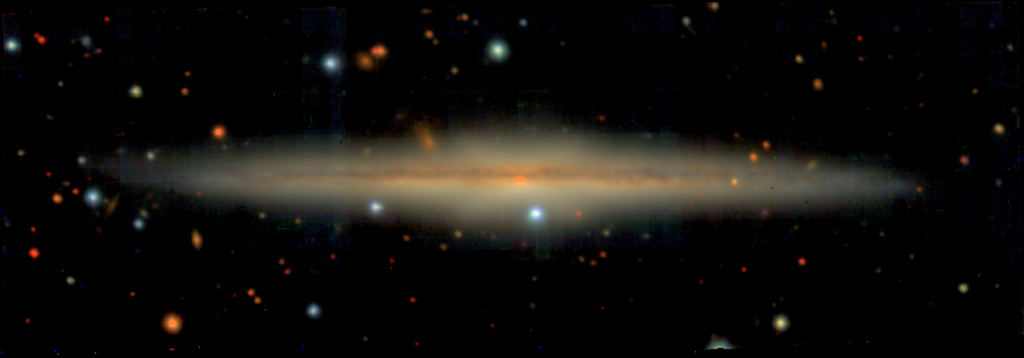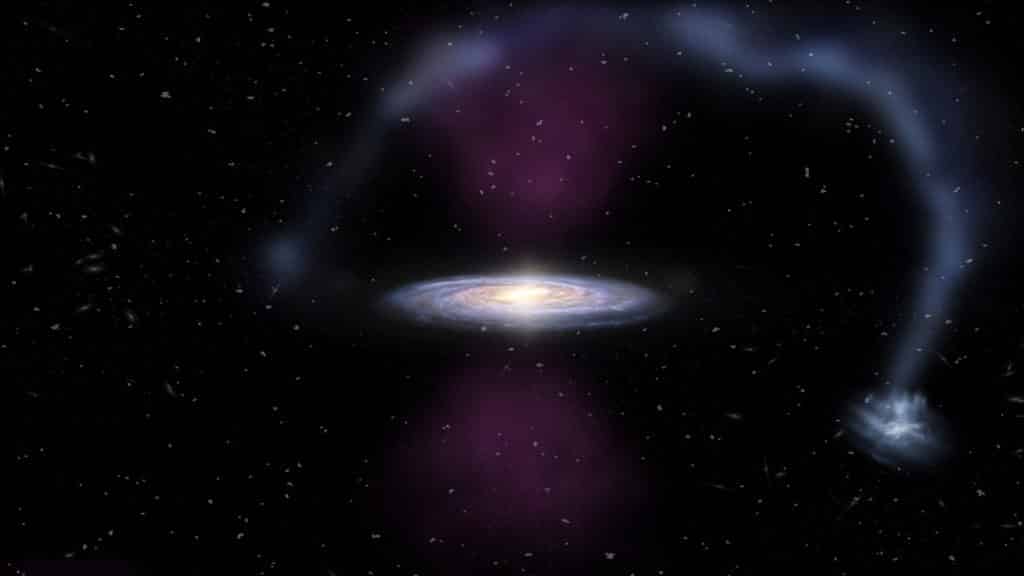Next generation astronomers win national recognition
A Sydney student, early-career researchers from Perth and Melbourne, and a fast telescope have received awards for changing our view of our galaxy and the Universe.
- Our Milky Way may just have two arms, says University of Sydney student Maria Djuric.
- A rare X-ray blast a thousand times brighter than the sun was predicted and observed by ICRAR astrophysicist Adelle Goodwin from Monash University and Curtin University.
- Thousands of black holes are pictured in colour by Curtin University/ICRAR radio astronomer Natasha Hurley-Walker.
- The laws of the universe have been manipulated in a supercomputer by University of Western Australia/ICRAR theoretical astrophysicist Adam Stevens.
- A telescope is opening up the sky thanks to CSIRO’s ASKAP radio telescope team.
The Astronomical Society of Australia (ASA) will honour the five at its Annual Scientific Meeting in Hobart 27 June – 1 July.
“Australian astronomers are among the best in the world, and the breadth of these prestigious awards shows why we lead the world in so many areas. It is a pleasure to recognise these examples of individual brilliance, as well as teamwork, and technical innovation,” says ASA President Professor John Lattanzio.












